Grow radishes in small spaces? Absolutely! I know what you’re thinking: “Radishes? In *my* tiny apartment garden?” Trust me, it’s not only possible, but it’s surprisingly easy and rewarding. Forget those bland, store-bought radishes; imagine crisp, peppery radishes, bursting with flavor, grown right on your windowsill or balcony. This article is your ultimate guide to unlocking the secrets of radish cultivation, even if you’re short on space.
Radishes have a rich history, dating back to ancient times. They were cultivated in Egypt before the pyramids were built and were a staple food in ancient Greece and Rome. Their quick growth and adaptability made them a valuable crop, and today, that same quick growth makes them perfect for the modern, space-conscious gardener.
In today’s world, many of us are living in smaller homes or apartments, but that doesn’t mean we have to give up on the joy of gardening. Learning how to grow radishes in small spaces allows you to enjoy fresh, homegrown produce without needing a sprawling backyard. Plus, it’s a fantastic way to connect with nature, reduce your carbon footprint, and impress your friends with your green thumb! So, let’s dive in and discover the simple DIY tricks and hacks that will have you harvesting delicious radishes in no time. I’m excited to share these tips with you!
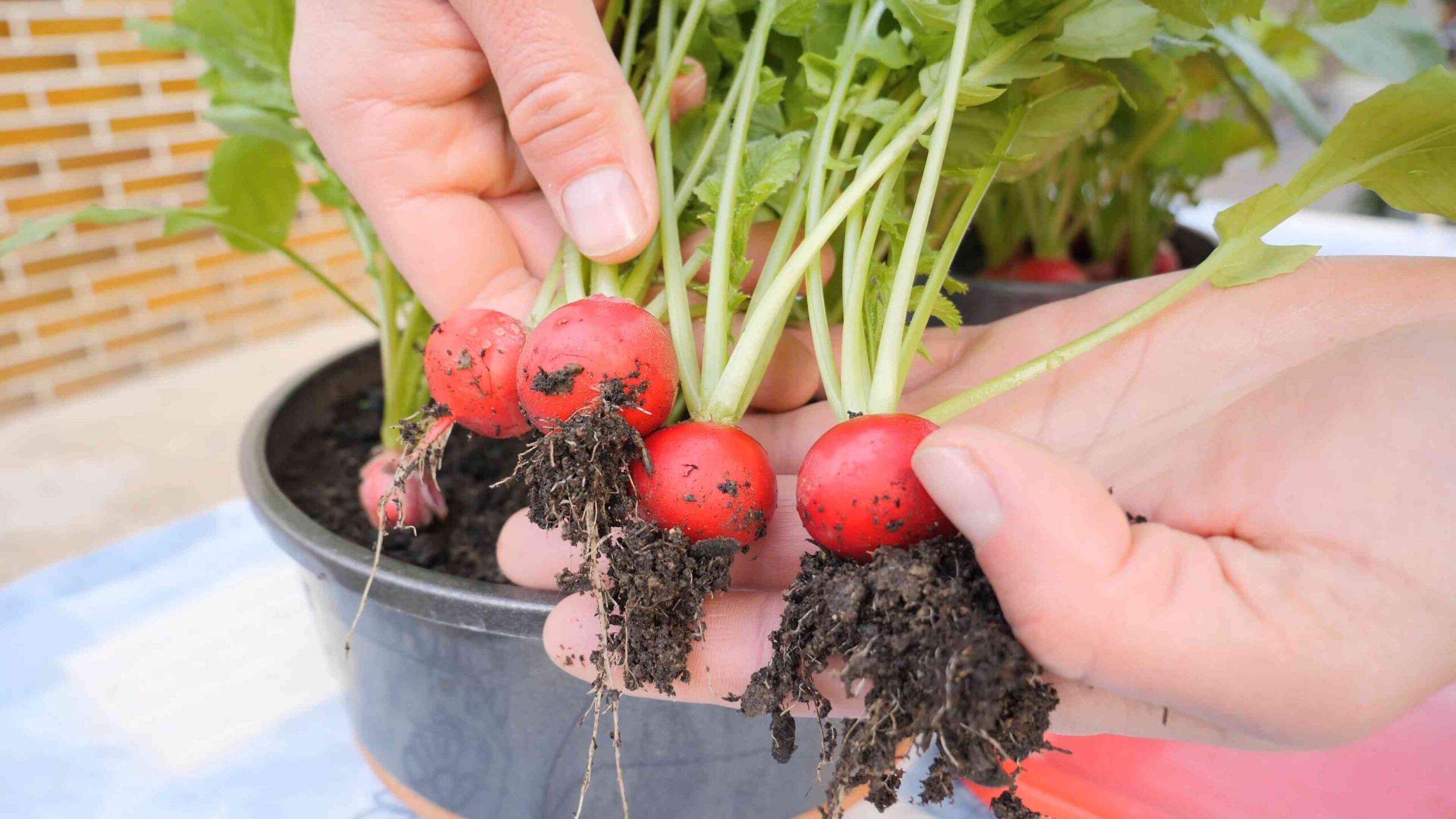
Growing Radishes in Small Spaces: A DIY Guide
Hey there, fellow gardening enthusiasts! Ever dreamed of fresh, peppery radishes straight from your own little patch, even if you’re short on space? Well, guess what? You absolutely can! Radishes are the perfect crop for container gardening, balconies, patios, or even a sunny windowsill. They’re fast-growing, relatively low-maintenance, and oh-so-delicious. I’m going to walk you through everything you need to know to successfully grow radishes in small spaces. Let’s get started!
Choosing the Right Radish Variety
First things first, let’s talk about radish varieties. While most radishes will do well in containers, some are better suited than others. I personally recommend these:
* Cherry Belle: A classic, round, bright red radish that matures quickly (around 22 days). It’s reliable and easy to grow.
* French Breakfast: Oblong with a red top and white bottom, these have a milder flavor and mature in about 25 days.
* Easter Egg: A colorful mix of red, pink, purple, and white radishes. They’re fun to grow and mature in about 28 days.
* Sparkler: Round, red with a white tip, and a mild flavor. They mature in around 24 days.
* White Icicle: A longer, white radish with a crisp texture and a slightly sharper flavor. They take a bit longer to mature, around 30 days.
Gathering Your Supplies
Okay, now that we’ve picked our radish variety, let’s gather our supplies. Here’s what you’ll need:
* Container: Choose a container that’s at least 6 inches deep and has drainage holes. The wider the container, the more radishes you can grow. I’ve had great success with plastic pots, terracotta pots, and even repurposed containers like old buckets (just make sure they’re clean!).
* Potting Mix: Use a high-quality potting mix, not garden soil. Potting mix is lighter and drains better, which is crucial for radish growth. I like to use a mix that contains peat moss, perlite, and vermiculite.
* Radish Seeds: Of course! Choose your favorite variety from the list above.
* Watering Can or Hose: For watering your radishes.
* Fertilizer (Optional): A balanced liquid fertilizer can help boost growth, but it’s not essential.
* Trowel or Small Shovel: For planting the seeds.
* Marker or Labels: To label your radish variety and planting date.
Planting Your Radish Seeds
Alright, let’s get our hands dirty! Here’s how to plant your radish seeds:
1. Prepare the Container: Fill your container with potting mix, leaving about an inch of space at the top. Gently pat down the soil to level it.
2. Sow the Seeds: Radish seeds are small, so be careful not to plant them too deep. Sow the seeds about ½ inch deep and 1 inch apart. You can sow them in rows or scatter them evenly across the surface of the soil.
3. Cover the Seeds: Gently cover the seeds with a thin layer of potting mix.
4. Water Thoroughly: Water the container gently but thoroughly until the soil is moist but not soggy.
5. Label Your Container: Don’t forget to label your container with the radish variety and planting date. This will help you keep track of when to expect your harvest.
Caring for Your Radishes
Now that your radishes are planted, it’s time to take care of them. Here’s what you need to do:
* Watering: Radishes need consistent moisture to grow quickly and develop a good flavor. Water them regularly, especially during hot, dry weather. The soil should be moist but not waterlogged. I usually check the soil moisture every day and water when the top inch feels dry.
* Thinning: Once your radish seedlings emerge (usually within a few days), you’ll need to thin them out. This means removing some of the seedlings so that the remaining ones have enough space to grow. Thin the seedlings to about 1-2 inches apart. Don’t just pull them out; gently snip them off at the soil line with scissors to avoid disturbing the roots of the remaining plants.
* Sunlight: Radishes need at least 6 hours of sunlight per day. If you’re growing them indoors, place them near a sunny window or use a grow light.
* Fertilizing (Optional): If you want to give your radishes a boost, you can fertilize them with a balanced liquid fertilizer every 2-3 weeks. Follow the instructions on the fertilizer label. I usually dilute the fertilizer to half strength to avoid burning the plants.
* Weed Control: Keep your container free of weeds. Weeds can compete with your radishes for nutrients and water.
Dealing with Pests and Diseases
Radishes are generally pest-resistant, but they can sometimes be affected by a few common pests and diseases. Here’s what to watch out for:
* Flea Beetles: These tiny beetles can chew small holes in the leaves of your radishes. You can control them by covering your plants with row covers or by spraying them with insecticidal soap.
* Root Maggots: These are small, white larvae that feed on the roots of radishes, causing them to become stunted and deformed. You can prevent root maggots by covering your plants with row covers or by rotating your crops.
* Downy Mildew: This fungal disease can cause yellow spots on the leaves of your radishes. You can prevent downy mildew by providing good air circulation and avoiding overhead watering.
Harvesting Your Radishes
The best part! Radishes are ready to harvest when they reach the size specified for their variety. This is usually about 3-4 weeks after planting.
1. Check for Size: Gently brush away the soil around the base of the radish to check its size.
2. Pull Gently: Grasp the radish leaves near the base and gently pull the radish out of the soil. If it’s difficult to pull, loosen the soil around the radish with a trowel.
3. Wash and Enjoy: Wash the radishes thoroughly and enjoy them fresh. You can eat them raw in salads, sandwiches, or as a snack. You can also cook them in stir-fries or soups.
Succession Planting for a Continuous Harvest
Want to enjoy fresh radishes all season long? Try succession planting! This means planting a new batch of radish seeds every 1-2 weeks. This will ensure that you have a continuous supply of radishes throughout the growing season.
Troubleshooting Tips
* Radishes are cracking: This is usually caused by inconsistent watering. Make sure to water your radishes regularly and evenly.
* Radishes are too spicy: This can be caused by hot weather or dry soil. Try growing your radishes in a shadier location or watering them more frequently.
* Radishes are not forming bulbs: This can be caused by overcrowding, poor soil, or lack of sunlight. Make sure to thin your seedlings properly, use a high-quality potting mix, and provide your radishes with at least 6 hours of sunlight per day.
Extra Tips for Radish Growing Success
* Choose the right container: Make sure your container has drainage holes to prevent waterlogging.
* Use high-quality potting mix: Avoid using garden soil, as it can compact and prevent proper drainage.
* Water regularly: Radishes need consistent moisture to grow quickly and develop a good flavor.
* Thin your seedlings: Thinning allows the remaining plants to have enough space to grow.
* Provide plenty of sunlight: Radishes need at least 6 hours of sunlight per day.
* Harvest promptly: Radishes can become woody and bitter if they are left in the ground too long.
* Experiment with different varieties: Try growing different varieties of radishes to find your favorites.
* Enjoy your harvest! Freshly grown radishes are a delicious and nutritious addition to any meal.
Growing radishes in small spaces is a rewarding and easy way to enjoy fresh, homegrown produce. With a little bit of care and attention, you can have a bountiful harvest of delicious radishes in just a few weeks. Happy gardening!
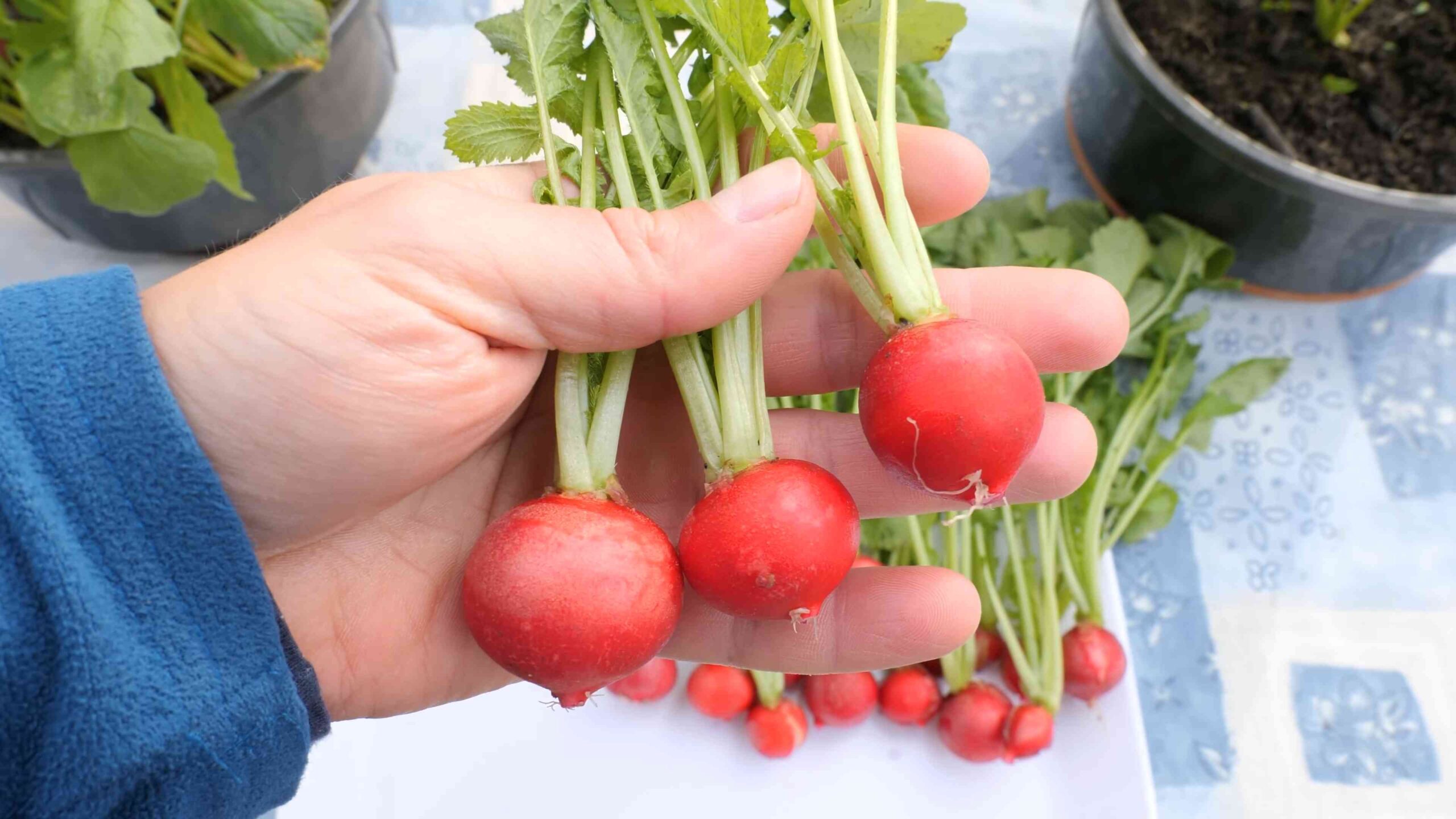
Conclusion
So, there you have it! Growing radishes in small spaces isn’t just a possibility; it’s a surprisingly simple and rewarding endeavor. We’ve walked through the steps, from choosing the right container and soil to understanding the specific needs of these peppery little gems. But why should you actually *do* it?
The answer is multifaceted. First and foremost, the taste of homegrown radishes is simply superior. They possess a crispness and a vibrant flavor that you just can’t replicate with store-bought varieties. Imagine adding freshly harvested radishes to your salads, tacos, or even enjoying them as a simple, satisfying snack with a sprinkle of sea salt. The difference is truly remarkable.
Beyond the taste, growing your own radishes offers a unique connection to your food. It’s a tangible way to engage with the natural world, even within the confines of a small apartment or balcony. The satisfaction of nurturing a seed into a mature plant, and then harvesting your own food, is incredibly fulfilling. Plus, radishes are incredibly fast growers, offering almost instant gratification compared to other vegetables. You’ll be harvesting in as little as three to four weeks!
And let’s not forget the practicality. Radishes are a fantastic way to utilize limited space. Their small size and quick growth cycle make them ideal for container gardening, raised beds, or even interplanting with slower-growing crops. You can maximize your yield and enjoy fresh produce even if you don’t have a sprawling garden.
But the best part? You can customize your radish-growing experience to suit your preferences. Experiment with different varieties! From the classic red globe radishes to the elongated French Breakfast radishes or the spicy black Spanish radishes, there’s a whole world of radish flavors and textures to explore.
Consider adding companion plants to your radish containers. Carrots and lettuce are excellent choices, as they share similar growing requirements and can even help deter pests. You can also try succession planting, sowing new seeds every week or two to ensure a continuous harvest throughout the growing season.
Don’t be afraid to get creative with your containers! Upcycle old buckets, baskets, or even plastic tubs. Just make sure they have adequate drainage. You can also add decorative elements to your radish garden, such as colorful pebbles or small figurines, to make it a visually appealing space.
Growing radishes in small spaces is more than just a gardening project; it’s an opportunity to connect with nature, enjoy fresh, flavorful food, and add a touch of green to your life.
So, what are you waiting for? Grab a container, some soil, and a packet of radish seeds, and get started today! We’re confident that you’ll be amazed at how easy and rewarding it is to grow your own radishes.
And most importantly, we want to hear about your experience! Share your photos, tips, and questions in the comments below. Let’s create a community of radish-loving gardeners and inspire others to embrace the joy of growing their own food, no matter how small their space may be. We can’t wait to see what you grow!
Frequently Asked Questions (FAQ)
What kind of container is best for growing radishes?
The ideal container for growing radishes should be at least 6 inches deep to allow for proper root development. The width and length will depend on how many radishes you want to grow. A good rule of thumb is to allow at least 2 inches of space between each radish plant. Almost any container will work as long as it has drainage holes to prevent waterlogging. Terracotta pots, plastic containers, and even repurposed buckets can be used successfully. Just ensure the container is clean and free of any harmful chemicals.
What type of soil should I use for growing radishes in containers?
Radishes thrive in well-draining, loose soil that is rich in organic matter. A good potting mix specifically designed for vegetables is an excellent choice. You can also create your own mix by combining equal parts of compost, peat moss (or coco coir), and perlite or vermiculite. Avoid using heavy garden soil, as it can compact and hinder root growth. The soil pH should be slightly acidic to neutral, ideally between 6.0 and 7.0.
How often should I water my radish plants?
Radishes need consistent moisture to grow quickly and develop crisp, flavorful roots. Water your radish plants regularly, especially during hot, dry weather. The soil should be kept consistently moist but not waterlogged. Check the soil moisture by sticking your finger about an inch deep into the soil. If it feels dry, it’s time to water. Water deeply, allowing the water to drain out of the drainage holes. Avoid overhead watering, as it can lead to fungal diseases.
How much sunlight do radishes need?
Radishes need at least 6 hours of sunlight per day to grow well. However, they can tolerate partial shade, especially in hot climates. If you’re growing radishes indoors, place them near a sunny window or use grow lights to supplement natural light. Insufficient sunlight can result in leggy plants and small, poorly developed roots.
How long does it take for radishes to mature?
One of the great things about radishes is their quick growth cycle. Most varieties mature in just 3 to 4 weeks. However, the exact time will depend on the variety, growing conditions, and weather. Check the seed packet for specific information on the maturity time of your chosen variety.
How do I know when my radishes are ready to harvest?
Radishes are ready to harvest when the roots are about 1 inch in diameter. Gently brush away the soil around the base of the plant to check the size of the root. You can also harvest a few radishes early to thin out the plants and give the remaining radishes more space to grow. To harvest, simply pull the radishes out of the soil.
What are some common problems when growing radishes, and how can I prevent them?
Some common problems when growing radishes include pests, diseases, and bolting (premature flowering). To prevent pests, such as flea beetles and root maggots, use row covers or insecticidal soap. To prevent diseases, such as fungal infections, avoid overhead watering and ensure good air circulation. To prevent bolting, keep the soil consistently moist and avoid exposing the plants to extreme heat.
Can I grow radishes in the winter?
Yes, you can grow radishes in the winter, especially in mild climates. In colder climates, you can grow radishes indoors under grow lights or in a greenhouse. Choose varieties that are specifically bred for winter growing.
What are some good companion plants for radishes?
Radishes are excellent companion plants for many other vegetables. They can help deter pests and improve soil health. Some good companion plants for radishes include carrots, lettuce, spinach, peas, and beans.
Can I eat the radish greens?
Yes, radish greens are edible and nutritious! They have a peppery flavor similar to the roots. You can add them to salads, soups, or stir-fries. Just make sure to wash them thoroughly before eating.


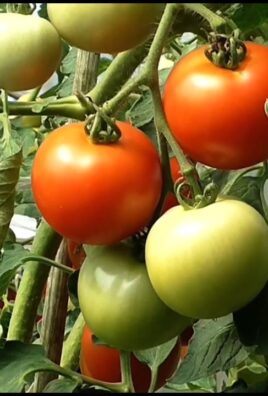
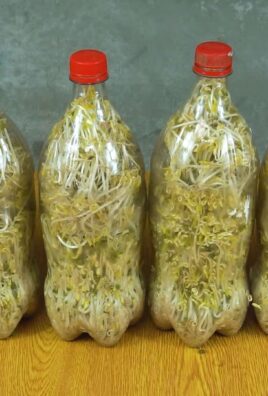
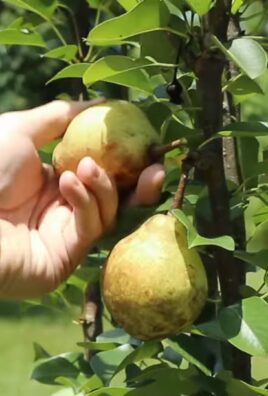
Leave a Comment